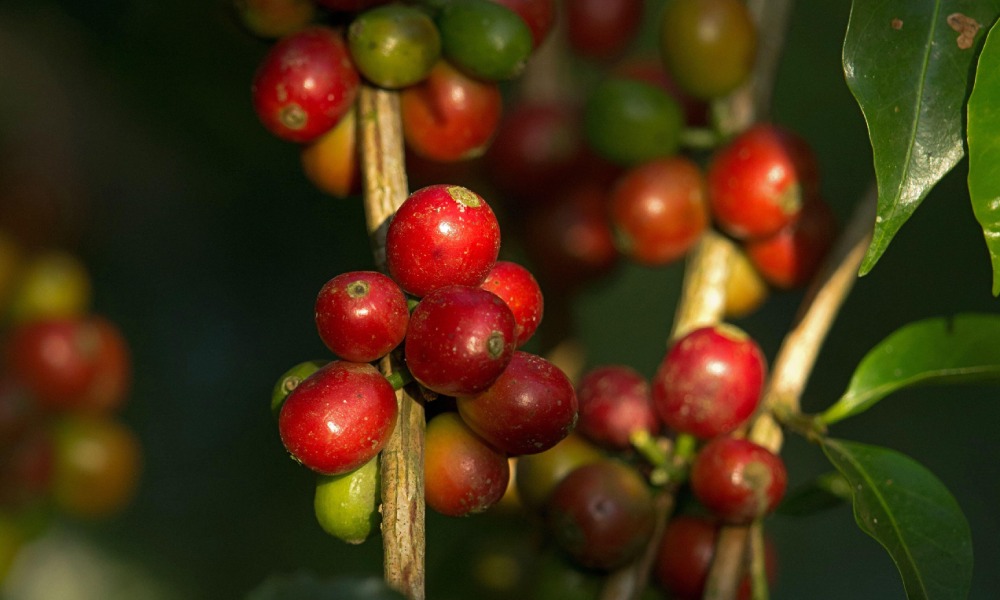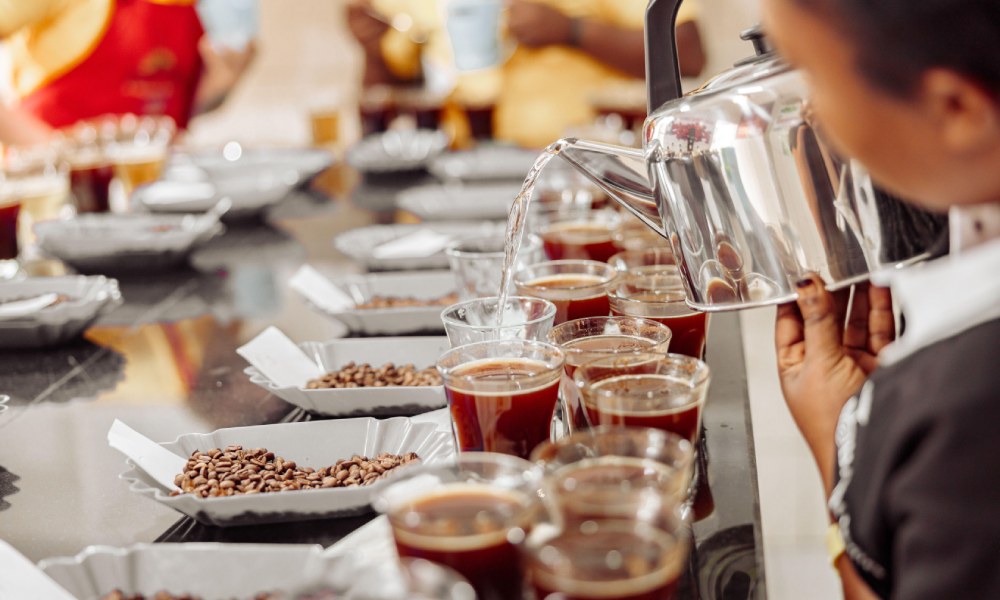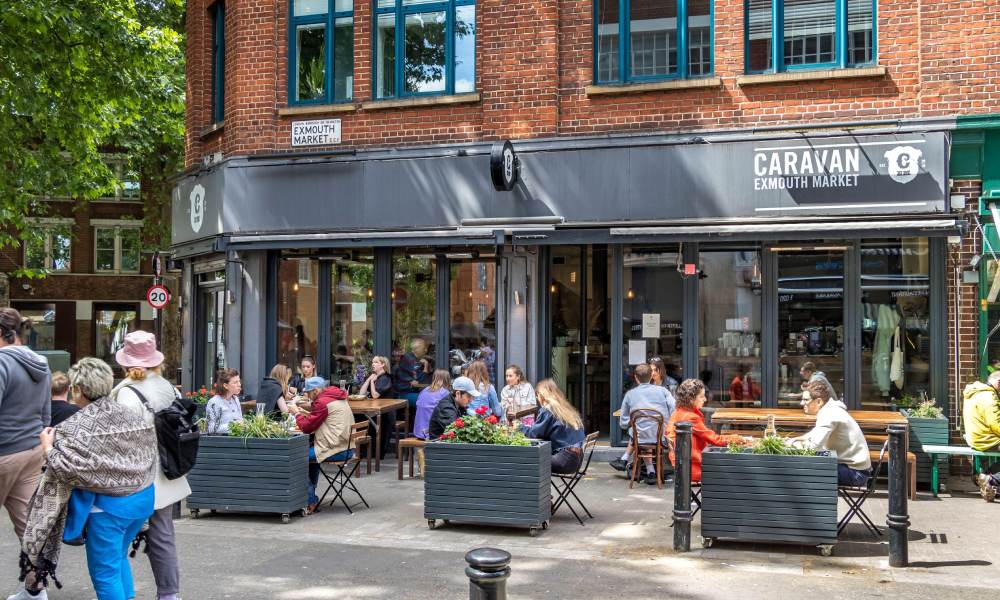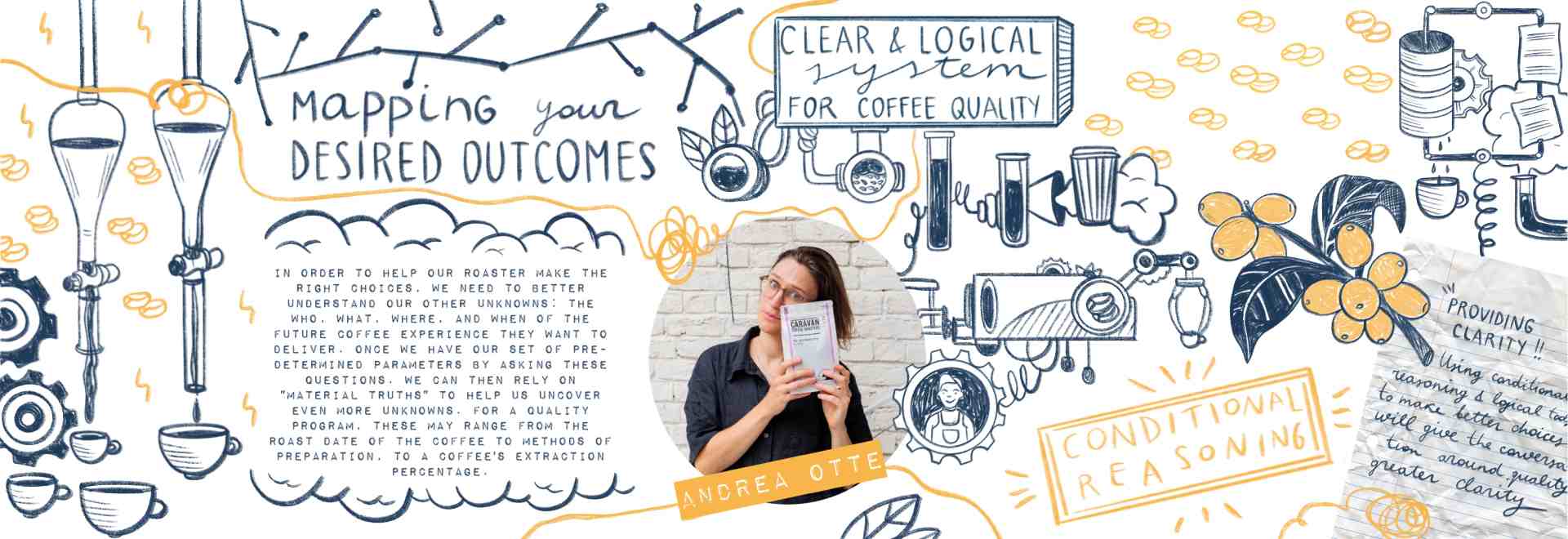Why establishing a clear & logical system for coffee quality is so important
Head of coffee at Caravan Coffee Roasters, Andrea Otte, talks about her approach to creating a coffee quality program.
Ask a handful of people who work in the coffee industry to define “quality”, and you’re likely to get a different answer every time.
As the specialty coffee industry changes and many companies expand from small start-ups to multi-site enterprises, it can be difficult to locate where the concept of quality, or a quality control system, should fit into a growing business.
Instead of splitting hairs on Reddit, however, perhaps a more rewarding exercise is to start by using critical thinking skills to locate precisely who a coffee quality program is for and what it is trying to achieve, before mapping out the technical tasks to achieve it.
Analysing situations and adjusting our thoughts, actions and expectations based on known and unknown factors is a mental process known as conditional reasoning.
All of us go through this process on a near-constant basis, mostly unconsciously. However, there are often pitfalls in our logic which can cause us to make a wrong or uninformed choice. Understood better, I believe this form of reasoning, taken deliberately and with buy-in from across many different actors, can help form the foundation of a quality program for any type of coffee business.

Conditional reasoning in practice
When preparing for an event that will occur in the future, such as playing a game of baseball or cooking an elaborate dinner, we intrinsically use conditional reasoning to plan our actions. Do we understand the rules of the game? Do we have the correct cookware and ingredients to follow our intended recipe? These are known conditions that are easy to determine with clear yes or no answers.
However, in both situations, there may be unknown conditions as well. What is the skill level of the team we are about to play? Will my guests arrive on time? Though we can attempt to narrow down these unknowns, there will always be a level of uncertainty.
It is a common error – in life as in coffee – to engage in conditional reasoning in an unspecific way. For example, a small-scale coffee roaster might ask themselves, “What sort of customer will be buying my product?” For most roasters, this is going to be partly unknown; they may be able to determine an approximate consumer demographic based on data such as location and trend, but the individual’s preference remains unclear.
Let’s assume that our roaster knows that the average coffee drinker in their local area is an urban professional in an upper-income bracket in their mid-20s to late-40s. Based on this partial knowledge, they could draw a number of different conclusions on how to proceed with their buying decisions.
If they assume that this consumer, with their above-average spending power, enjoys indulging in the finer things in life, and they wish to increase the chances that the final product meets their customer’s tastes, they could decide that the best course of action is to buy the most expensive and highest scoring coffees they can find.
Alternatively, if they assume that their average customer doesn’t particularly value taste, but prefers higher caffeine levels to support their busy urban lifestyle, they could decide to develop a darker roasted, robusta-arabica blend.
However, in the first case, by not properly considering the budget for their small roastery, they will have potentially bankrupted their company with unnecessarily expensive and overly complex coffees.
In the second, the roaster may find that the average person does, in fact, notice the difference between their coffees and better-tasting competitors – and experience a loss of customers.

Mapping your desired outcomes
In order to help our roaster make the right choices, we need to better understand our other unknowns: the who, what, where, and when of the future coffee experience they want to deliver.
While we may turn to additional data sources to find our answers, such as consumer reports or competitor analysis, we can also attempt to define them in our own terms by mapping our desired outcomes.
For example, who do we want to sell to, where do we want our coffee to be served, what green coffee quality level do we think is reasonable for our budget and roasting expertise, and when do we want to release new products in order to maximise consumer interest? This list may be long, but the more specific we make it, the easier our jobs will be.
Once we have our set of pre-determined parameters by asking these questions, we can then rely on “material truths” to help us uncover even more unknowns. For a quality program, these may range from the roast date of the coffee to methods of preparation, to a coffee’s extraction percentage.
In most cases, which material truths you will need and how much effort you should place on discovering them will also be determined by the map you have created for your company’s coffee program.
This map also helps us determine how much emphasis or effort we should place on certain actions. We would not expect to play our hardest game of baseball if, for example, it turns out we are playing against a team of 10-year-olds. Similarly, we would not expect a person who has never used an espresso machine to serve a particularly tasty flat white.
Coffee quality scoring systems
In the context of my work at Caravan Coffee Roasters, this can be seen in how we cup coffees, for example. We use two different scoring systems for two different types of cuppings: One for our production roasts, and one for green coffee buying decisions.
The first system, used to log feedback related to every batch we roast, has three basic elements: An affective deviation scale, an area to log defects and a place to write notes. It is extremely simple, quick to fill out, and easy to explain to new users.
For green coffee decisions, we use the Specialty Coffee Association cupping protocol. We also record green coffee grading data, moisture analysis, and water activity.
The additional time and training required for the SCA system would be an unnecessary waste of resources for all of our production coffees, and yet using a simple affective scale would not be fair or adequate to make green coffee buying decisions.

Providing clarity
In addition to setting up an effective coffee quality program and determining which material factors to focus on, conditional reasoning can also help others better understand how we arrive at certain actions or conclusions.
For myself, I’ve found that it enhances my communication with our supply chain partners when I can be clear about what we want for our customers. When talking with a coffee producer, I often find discussing a particular number of defects or a certain method of drying is preferable to trying to narrow down a set of desired flavours in the roasted coffee.
Similarly, for a head barista, setting a clear recipe at the beginning of the day or a certain number of drinks that can be made between backflushing may be easier than asking staff to constantly taste the espresso on a busy shift.
Diving into coffee quality from a technical perspective is something that can become a lifelong pursuit. Even with an expert’s level of knowledge, the wrong decisions for your company and your customers are still easy to make.
Using conditional reasoning and logical tools to make better choices will give the conversation around “quality” greater clarity. At the same time, it can help create coffee quality programmes with more specific goals and measurable results.
New Ground Coffee
Want to read more articles like this? Sign up for our newsletter!







